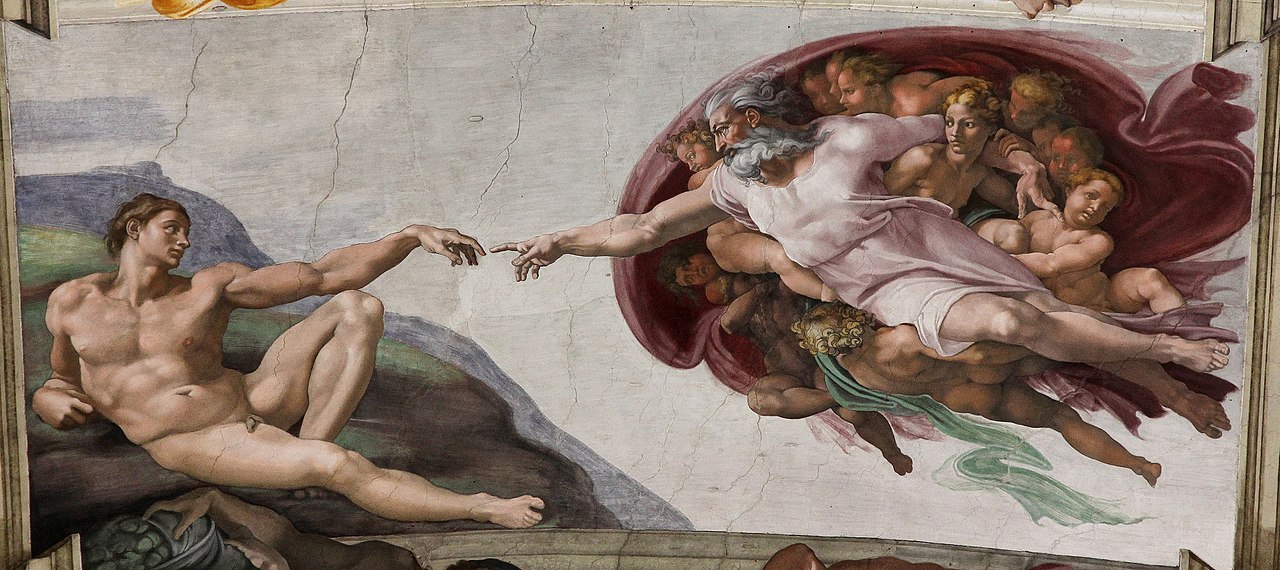Intellectual property is a legal construct (i.e., established by law) which confers certain property rights to the creations (products) of the human intellect. Creations of the human intellect may include, for example, literary and artistic works such as books and poems, inventions, marks and symbols, and recipes to name a few. Intellectual property, once established by law, affords similar rights that apply to physical property to certain products of the human intellect.
In the figure below the light bulb represents creations of the human intellect. Around the light bulb is the idea subject filter which attempts to classify the products of human intellect into four distinctly different subject areas which include inventions; marks, words, and symbols for representing a company or a product brand; the original expression of an idea (but not the idea itself); and confidential commercial information.
[ADD FIGURE HERE]
Once the creation of the human intellect is classified, there are certain legal requirements upon which the particular creation must satisfy before the intellectual property is established by law. The respective law for the classified creation will define the rights (and responsibilities) of the respective intellectual property. Having fulfilled all the legal requirements as stipulated by the respective law, the law then generates the intellectual property from the creation and produces the legal rights (property rights) to produce and control the physical instantiations of the creation.
For example, upon receiving a patent the owner (inventor) is entitled to certain legal property rights to their intellectual creation, such as the right to exclude others from making, using, offering for sale, or selling the invention throughout the United States of America for a term of 20 years from the U.S. filing date.
